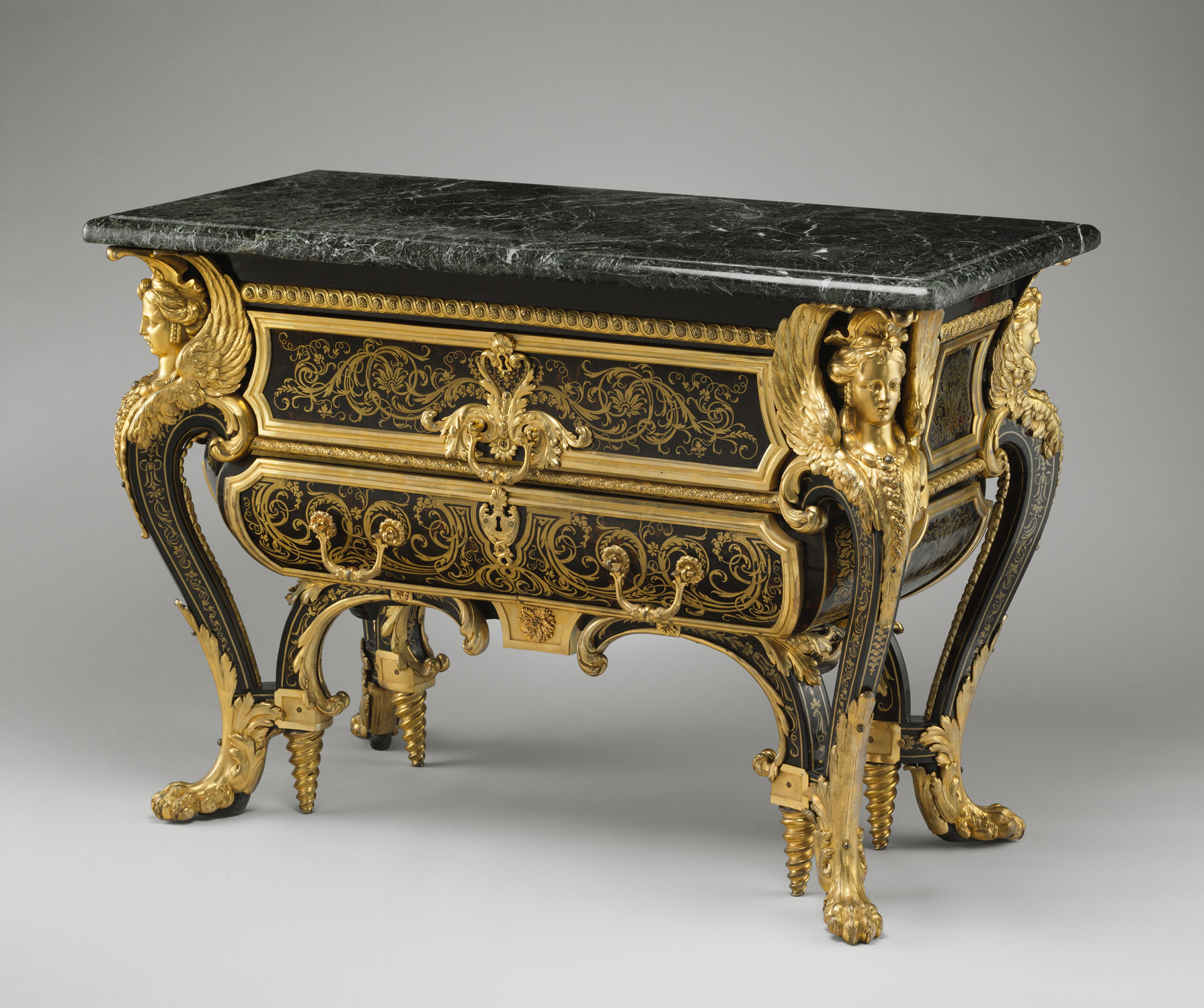In front of the papal altar is the confessio that marks the grave of St. Peter, and right above is where the dome is located. impressive colorful vaulting with sixteen ribs that are supported by four massive pillars. The dome has an ogival shape, or more slender upward with a double shell structure which stands on a base distinguished into three parts. These three parts each have a set the eight buttresses at the drum, which made up of double columns that frame windows. The dome has protobarocche forms that allow light come through into the space between the two shells. Within the lantern there is a painting of God the Father, which to the pagan represents the eye of god looking down on his sons and daughters.
Giovanni de' Vecchi and Cesare Nebbia were commissioned to decorate the interior of the dome.The triangular spaces along the dome are depicted with the evangelists in mosaics. The triangular spaces are embroidered in bronze allowing the sunlight shine. Some of the images along the dome are of figures of Christ, the Virgin Mary, St. Joseph, St. John the Baptist and various Apostles. Light enters through the lantern and the sixteen large windows below the cornice are lightened as well, which brightens the area below the dome. Along the base of the drum, latin scripture translates, "You are 'Rock' and on this rock I will build my Church, to you I will give the keys of the kingdom of heaven." Mt 16:18
Sources:
http://www.aviewoncities.com/rome/sanpietro.htm
http://www.vatican.va/various/basiliche/san_pietro/it/cupola/cenni_storici.htm#thumb
http://saintpetersbasilica.org/Interior/Dome/Dome.htm
VR Tour: http://www.vatican.va/various/basiliche/san_pietro/vr_tour/Media/VR/St_Peter_Altar/index.html











